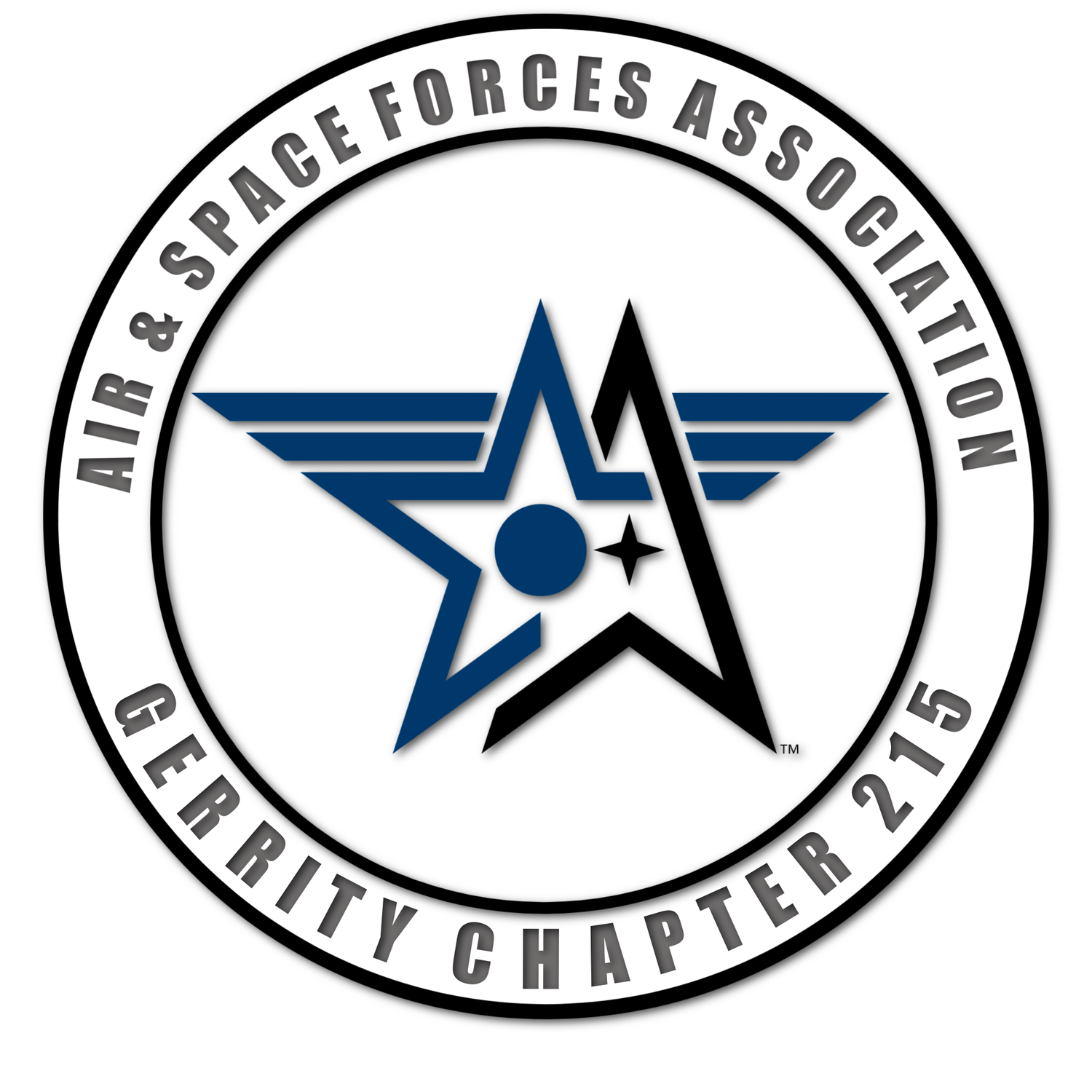TODAY IN AIRPOWER HISTORY - First Solo Instrument Approach and Landing
Ninety years ago today (May 9, 1932), at McCook Field, Ohio, Captain Albert Francis Hegenberger, Air Corps, United States Army, flew the very first solo instrument approach and landing, using a system which he developed. The Hegenberger system, which was adopted by both civil and military aviation authorities, used a series of non-directional radio beacons (NDB) and marker beacons on the ground, along with a radio-compass and other gyroscopic instruments and radio receivers aboard the aircraft, a Consolidated NY-2 biplane. This flight was the first solo blind instrument flight, approach and landing. (Lt. James H. Doolittle had made a blind instrument flight in 1929, but he carried a safety pilot aboard.) For his accomplishment, Captain Hegenberger was awarded an oak leaf cluster for his Distinguished Flying Cross, and received the Collier Trophy from President Franklin Roosevelt. Read more at This Day in Aviation.

